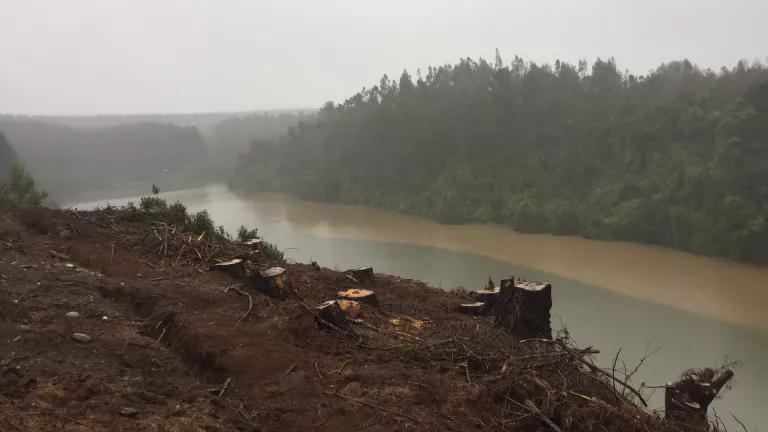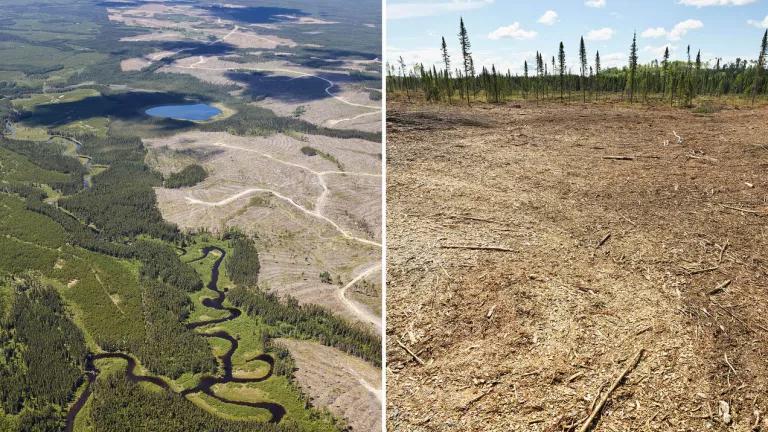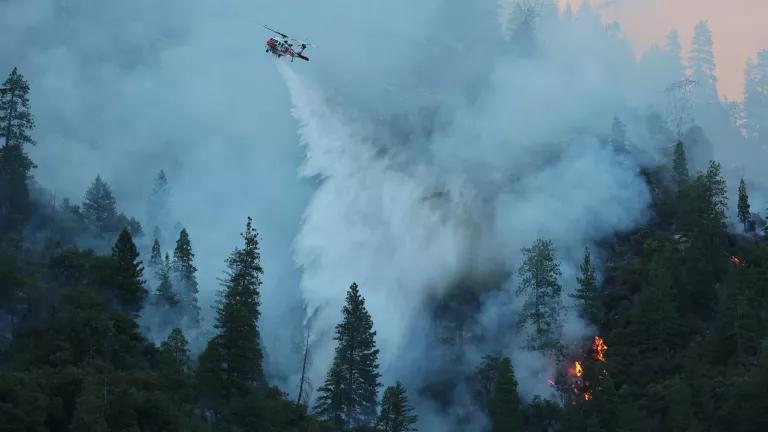There's been some good progress in recent weeks in striking the right balance between developing much needed clean energy and protecting the West's wildlands and wildlife. In the eastern Mojave Desert, outside of the town of Blythe, Riverside County approved and permitted a solar project that will provide 485 MW of clean energy for Southern California homes and businesses. The Blythe Mesa Solar Project is on disturbed lands that NRDC and our partners identified several years ago as being optimal for solar development because of high solar energy values and low wildlife and wildland conflicts. NRDC worked in coalition with our conservation partners to encourage development on this site and will continue to advocate for this kind of lower impact project with solar developers and permitting agencies. This is a project that is truly Smart from the Start.
Across the state line in Nevada, the nation's first ever Western Solar Program for public lands moved forward this week as the Bureau of Land Management (BLM) approved three solar projects located in the Dry Lake Solar Energy Zone (SEZ) - these are the first projects to be permitted in a SEZ under the new program's guidelines. Locating projects in zones that have been designated because they have low levels of conflicts with wildlife and wildlands is a far smarter approach than developing projects scattered across the landscape on an ad hoc basis.
The approval of three new projects in the Dry Lake SEZ shows several things: first, that solar developers see a benefit to developing in zones which minimize impacts to important resources. These projects came out of a competitive leasing process auction that the BLM implemented to gauge interest in leasing within the Dry Lake SEZ --the auction netted the federal government $5.8 million in receipts and allowed the BLM to identify the solar developers who are most committed to developing within zones. These projects also demonstrate that BLM can permit projects within zones on a more efficient timeline than projects outside of zones, where conflicts are likely to be higher and development more time consuming and expensive. These are very important signals for the success of the (still) new Solar Program.
It's very encouraging to see this kind of progress in smart siting. Finding the right places on both public and private lands is absolutely critical to fighting climate change and protecting our most cherished wildlife and wildlands. Landscape level planning that identifies lower conflict areas and prohibits development in areas with sensitive resources is the best way to build the clean energy we need while protecting the West's magnificent natural heritage.



